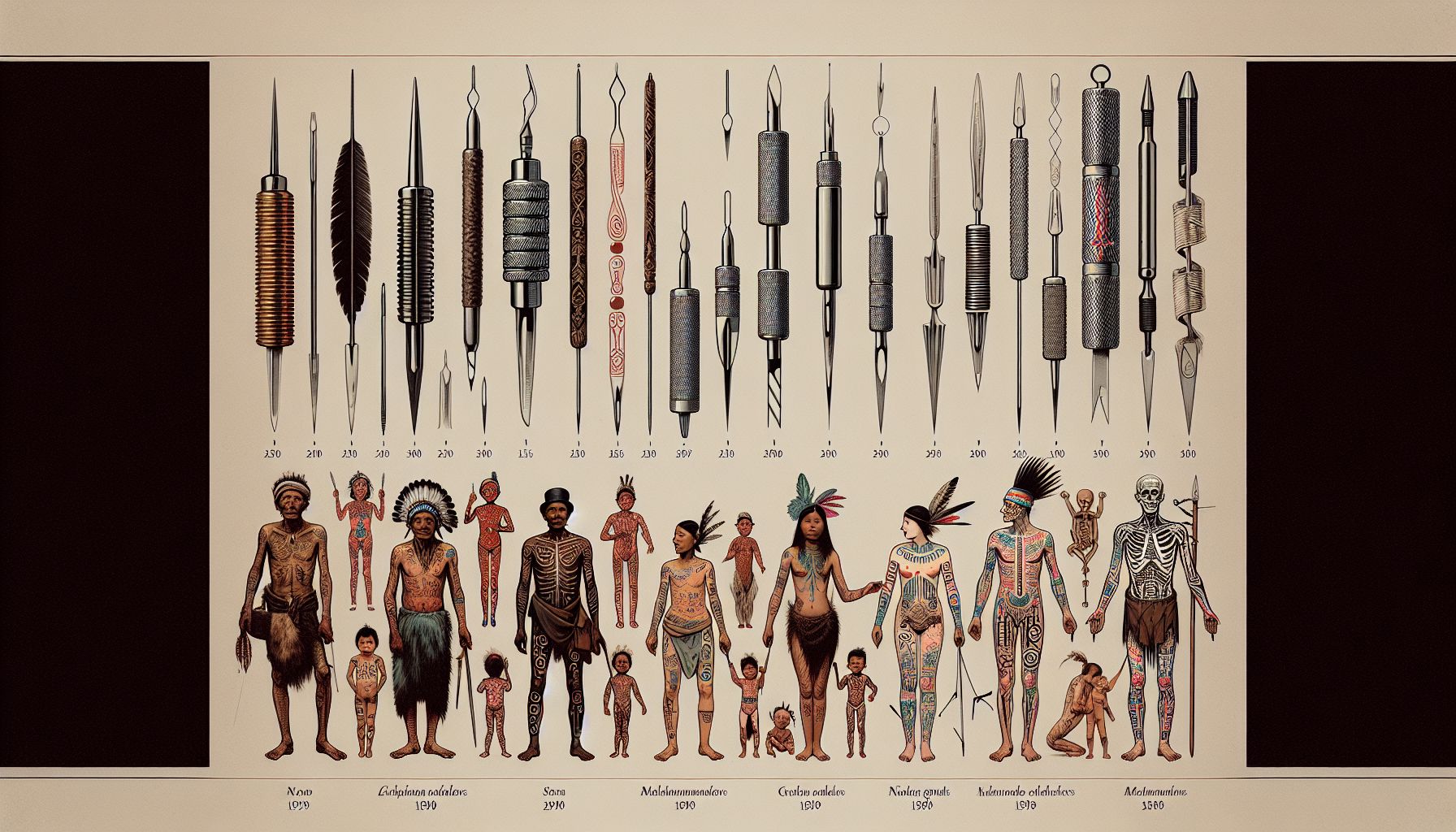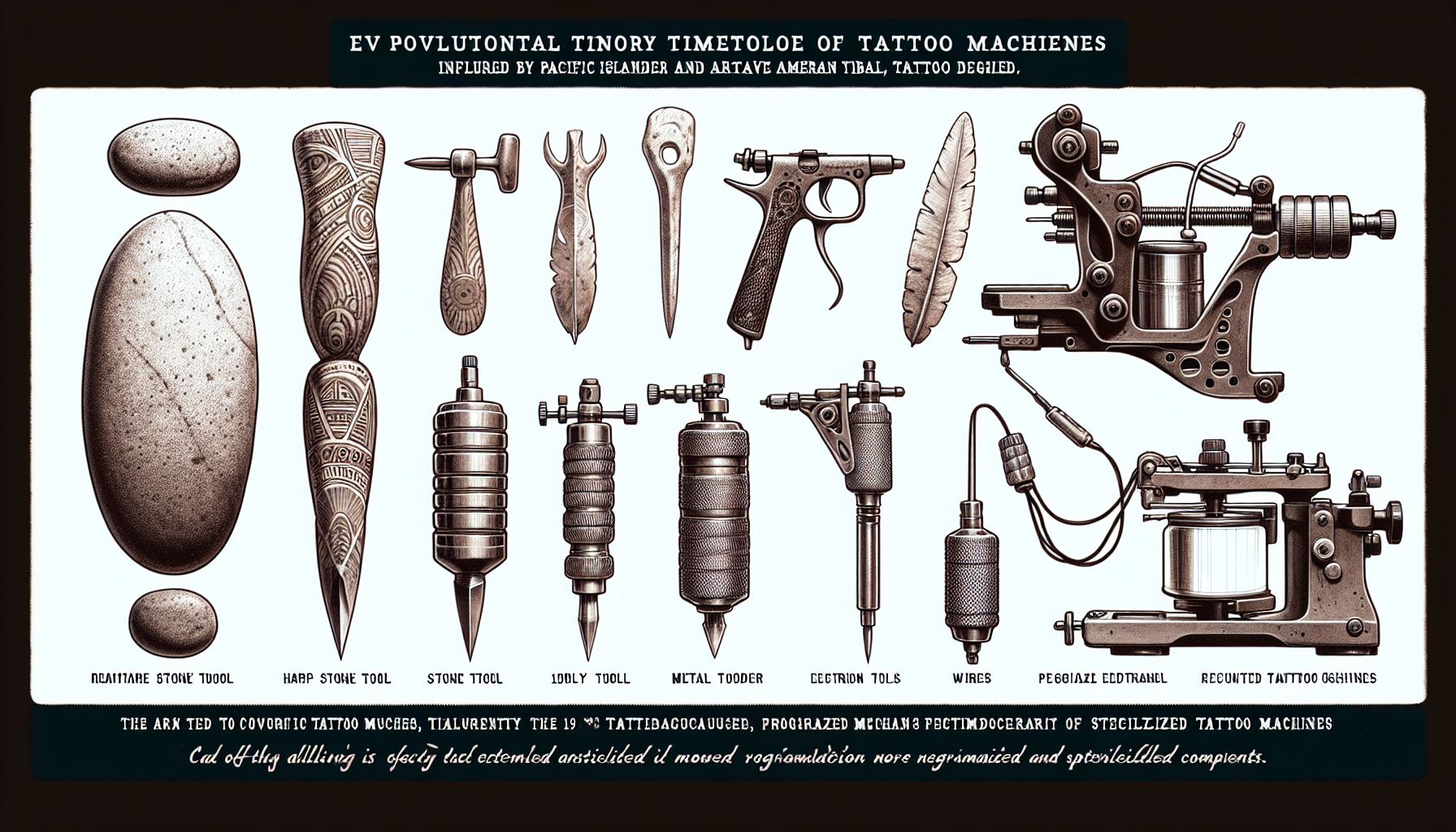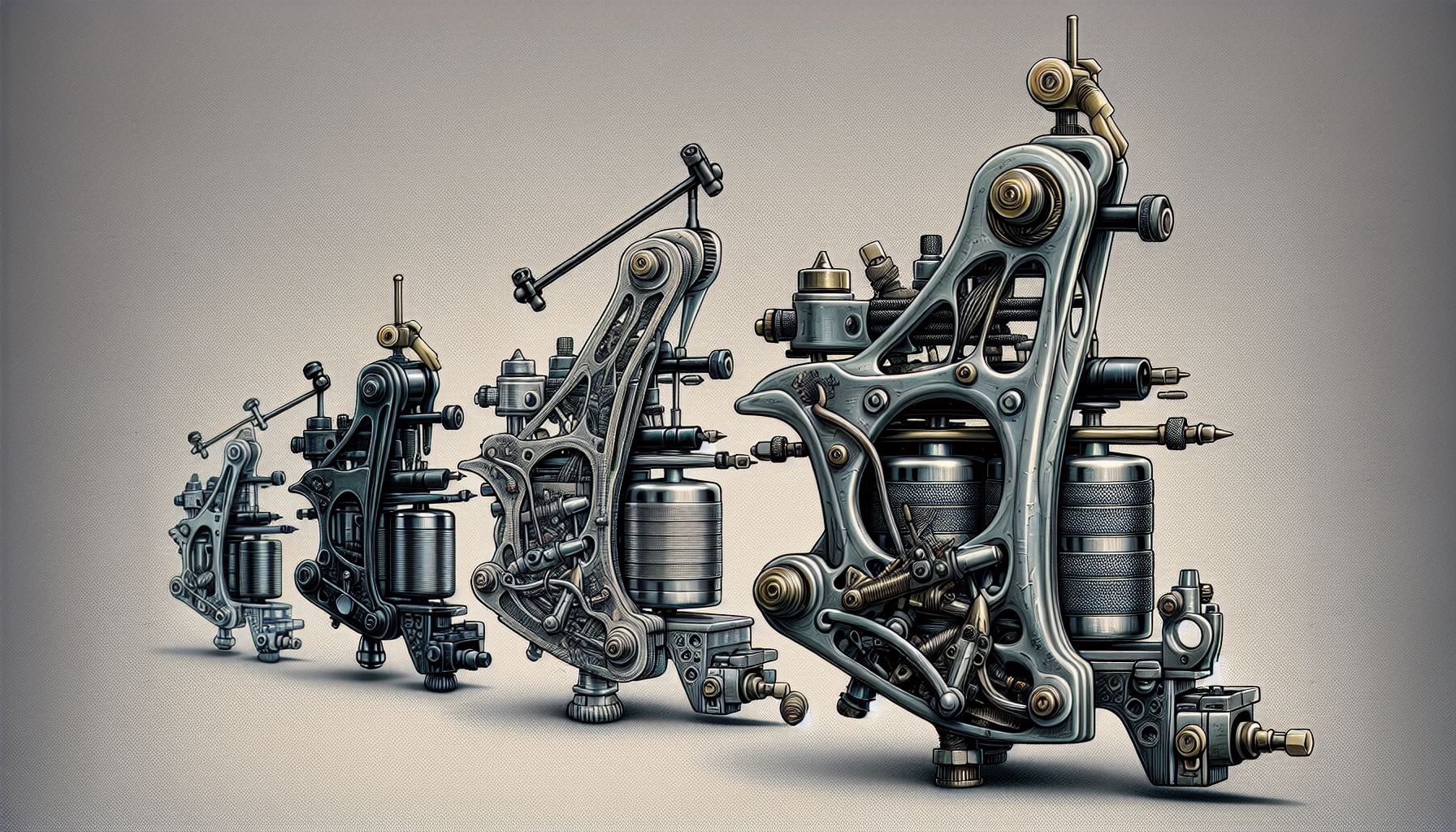The world of tattooing has seen its fair share of evolution, from the ancient tools that inscribed the skin of our ancestors to the state-of-the-art equipment available today. Among the myriad of tattoo supplies, few have undergone as dramatic a transformation as the humble tattoo needle. It is this very transformation and current innovation that I want to delve into – offering both a history lesson and a guide to what’s cutting edge in the field of ink application.
When I first started in the tattoo industry, the choice of needles was limited and the precision they offered was minimal. Back then, we used what was available, but today, tattoo artists have a vast array of needle options, each designed for a specific purpose. Let’s take a moment to appreciate the sheer craftsmanship that goes into creating these essential tattoo supplies, and understand how they can make a profound difference in an artist’s work.
The Evolution of Tattoo Needles
One thing you learn quickly in the tattoo profession is that the needle is your paintbrush. From lining to shading to packing color, the outcome of a tattoo depends significantly on the type and quality of the needle you use. Historically, needles were handmade, sharpened on stones, and set into handmade tools. With the advent of modern tattooing, needles started being mass-produced, but that didn’t immediately guarantee uniformity or quality.
In the past couple of decades, the development in the manufacture of tattoo needles has been astounding. They have progressed from being simply round or flat configurations to sophisticated designs like magnum, curved magnum, and bugpin needles. Each configuration brings its unique flair to the tattooing experience.
The Science and Art Behind Needle Selection
Choosing the right tattoo needle for a job is an art in itself. Lining needles, for instance, range from single tight needles, ideal for the finest of details, to larger, round configurations used for bolder outlines. Shading needles, on the other hand, can be flat for geometric blackwork or magnum for soft, gradient-filled arrangements.
Bugpin needles, a newer innovation, are a favorite among many artists for their fine points and tight groupings, allowing for detailed work with less skin trauma. In my own experience, using bugpins has not only elevated my detailed portraits but has also made the healing process much smoother for my clients.
Quality and Manufacture
Every tattoo artist knows that not all needles are created equal. The best tattoo needles are made of high-grade stainless steel and are soldered onto the needle bar with precision. They need to be sharp, durable, and consistent to ensure every line or shade goes into the skin smoothly and evenly.
As an online seller of tattoo supplies, I have come to recognize the importance of providing top-notch needles that can meet the exacting standards of professional artists. Some brands have created proprietary methods to sharpen and polish their needles, which has raised the bar for the quality we expect in the industry.
Sterilization and Safety
Safety has always been a paramount concern in tattooing. With the rise of bloodborne pathogens like hepatitis and HIV, the industry has had to step up its game. The gold standard for tattoo needle sterilization is Ethylene Oxide (EO) gas, which ensures that needles are free of any microorganisms.
Selling sterilized, EO gas-treated needles is not just a business decision; it is a moral imperative. I recall a time early in my career when a batch of needles had questionable sterilization, and the unease it caused was a lesson learned hard – one that I carry forward in my sales practice.
Recent Innovations
It’s exciting to see innovations that continue to refine tattooing. Cartridge needles are a game-changer, offering artists the ability to switch needle configurations quickly during a session without the need to have several machines set up. These cartridges come with their own built-in safety mechanisms that prevent ink backflow, further reducing contamination risk.
I’ve used cartridge systems for a few years now and have felt the impact they’ve had on my productivity and the overall flow of my work. And because cartridge needles are becoming more popular, the variety and quality available are constantly expanding.
In conclusion, the humble needle, often overlooked among the flashier tattoo supplies, is a testament to the artistry and technicality of tattooing. From its basic beginnings to its modern iterations, the needle is crucial in every artist’s toolkit. Whether you’re a seasoned professional or new to the craft, investing in high-quality, well-crafted needles will not only elevate your work but also ensure the safety and satisfaction of your clients.
For those of us in the tattoo industry, continuing to educate ourselves on the tools we use is as important as honing our artistic skills. I hope this deep dive into the world of tattoo needles has been informative and beneficial. Always remember, as with any art, the tools don’t make the artist, but the right tools can bring the best out of the artist.



